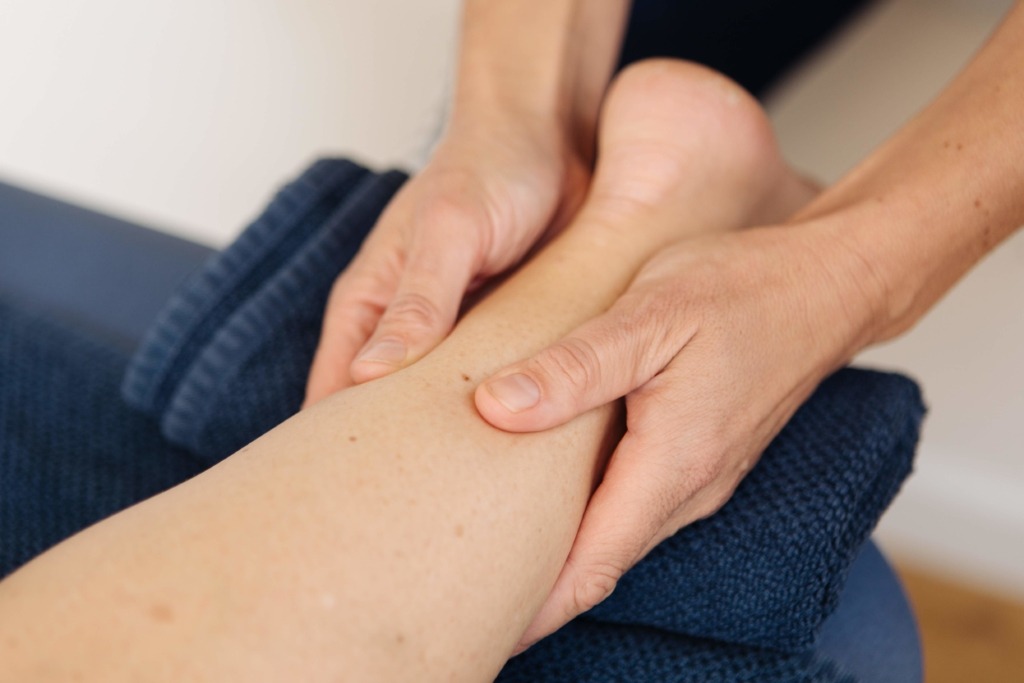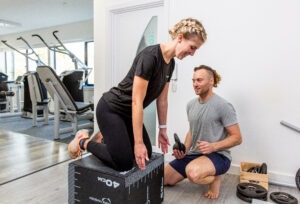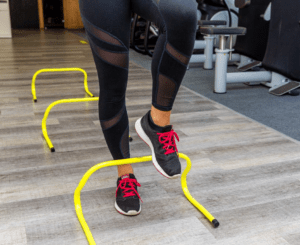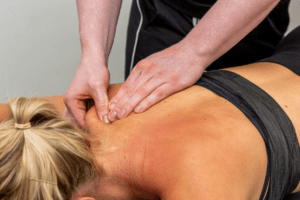RICE (rest, ice, compression and elevation) is a standard treatment protocol for acute sports injuries. But, for ligaments and tendons, RICE can actually hinder the healing process. Muscles have very good blood supply while tendons and ligaments have very poor blood supply. So if you reduce blood supply (and hence decrease blood flow and nutrients) to ligaments and tendons by administering RICE, ligaments and tendons may take a longer time to heal as a result.
The MEAT (movement, exercise, analgesics and treatment) protocol on the other hand is proposed for treating ligaments and tendons.
- Movement – the key is controlled movement of the affected area to stimulate blood flow to the ligament or tendon while allowing for the regenerating collagen fibres (or scar tissue) to be laid in the areas of stress to improve recovery.
- Exercise – again here the key is controlled & correctly prescribed exercises.
- Analgesics – it is suggested that natural analgesics such as proteolytic enzymes e.g. bromelain (found in pineapples), papain (found in papayas) and not anti inflammatory medications (which can hinder healing) be used as natural analgesics decrease the painful swelling but do not stop the natural inflammatory reactions that lead to healing.
- Treatment – the key here is to see a competent Physiotherapist (that’s why you need us at TOPS) to implement evidenced-based treatments to assist in your recovery and return you to training as soon as possible.
It is important to point out that RICE should still be used in acute muscle strains and injuries. But it would be best to incorporate both RICE and MEAT in the treatment of soft tissue injuries depending on where the injury is, which stage the injury is at and what the injury is and therefore please do not hesitate to contact TOPS to properly assess your injury and advise appropriately.
We hope you found this information helpful, please don’t hesitate to contact us to ask any questions or to arrange an appointment.



